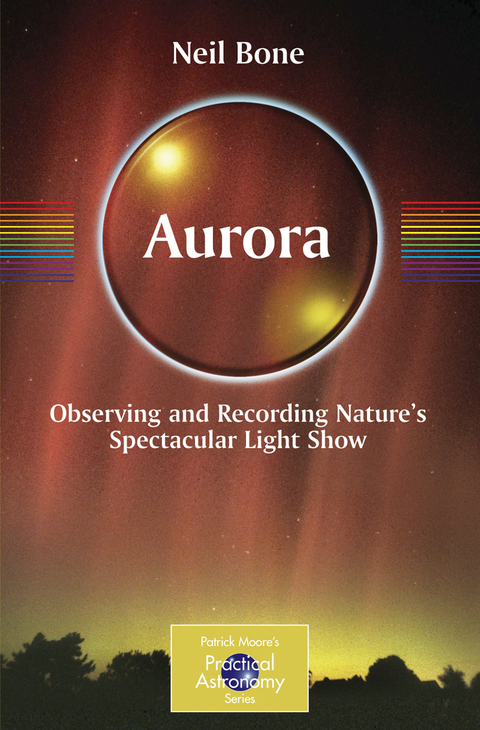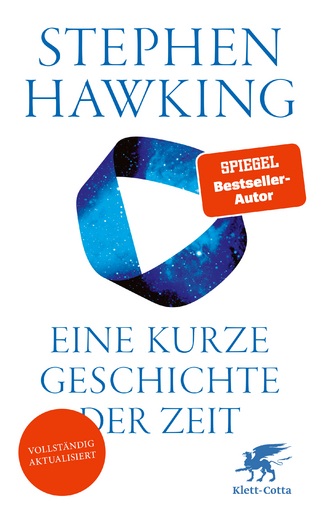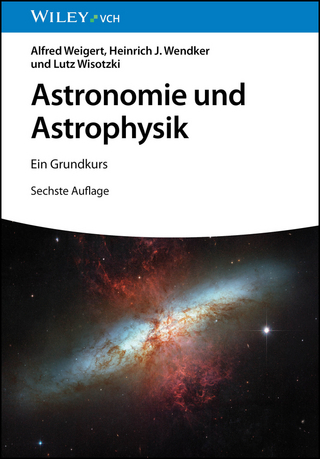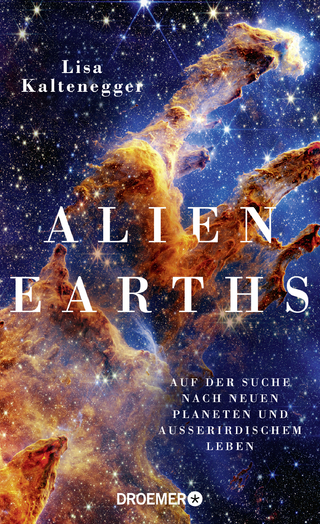
Aurora
Springer-Verlag New York Inc.
978-0-387-36052-2 (ISBN)
For the majority of amateur astronomers, who live at the latitudes of North America, the British Isles and Australia, the aurora is a relatively infrequent visitor to the night sky. Major displays visible to the southern United States or the south of England occur perhaps 20 times in each 11-year sunspot cycle. When they occur, such auroral storms are a source of great interest and excitement.
A number of books highlighting the impact of auroral/geomagnetic storms on communications and satellite technology have appeared in recent years . None, however, has addressed the observational angle. This new book addresses a gap in the literature, offering an explanation of the aurora's causes, how the occurrence of major events may now be predicted, and how amateur observers can go about recording displays.
Observation of the more frequent displays seen at higher latitudes (the northern US, Canada, and Scotland, for example) are also covered in detail. Visual and photographic (chemical and digital) observations are most usual, but magnetic and radio recording of auroral effects is possible too.
While the principal aim of the book is to describe the aurora from the amateur observational viewpoint, it discusses professional studies of auroral/geomagnetic phenomena, to put amateur work in context.
A glossary gives concise explanations of necessary technical terms, and there is also a short bibliography.
Neil Bone is the author of Deep Sky Observer's Guide, Philip's/Firefly (2004); Mars Observer's Guide, Philip's/Firefly (2003); Guide to the Constellations, Astronomy Now/Polestar (2002); Observing Meteors, Comets, Supernovae and other Transient Phenomena, Springer (1998); Observer's Handbook: Meteors Philip's/Sky (1993); The Aurora: Sun-Earth Interactions, Ellis Horwood (1991), Second Edition Wiley/Praxis (1996), as well as numerous articles and papers.
Atmospheric Phenomena.- Causes of the Aurora.- Auroral Forecasting.- Observing the Aurora.- Historical Aurorae and More Recent Events.- Aurora Elsewhere.- Early observers and theorists of the aurora classed it along with other atmospheric phenomena as a “meteor.” In common with many of his other ideas that remained unchallenged until well into the sixteenth century, Aristotle’s fourth century BC view of these events being the result of ignition of rising vapors belowthe innermost celestial sphere prevailed for some time. An alternative, proposed by the Roman philosopher Seneca in his Questiones Naturales, was that aurorae were flames viewed through chasmata—cracks in the heavenly firmament..- Noctilucent Clouds and other Phenomena.
| Erscheint lt. Verlag | 5.6.2007 |
|---|---|
| Reihe/Serie | The Patrick Moore Practical Astronomy Series |
| Zusatzinfo | X, 183 p. |
| Verlagsort | New York, NY |
| Sprache | englisch |
| Maße | 155 x 235 mm |
| Themenwelt | Sachbuch/Ratgeber ► Natur / Technik ► Weltraum / Astronomie |
| Naturwissenschaften ► Physik / Astronomie ► Angewandte Physik | |
| Naturwissenschaften ► Physik / Astronomie ► Astronomie / Astrophysik | |
| Naturwissenschaften ► Physik / Astronomie ► Elektrodynamik | |
| Technik ► Luft- / Raumfahrttechnik | |
| ISBN-10 | 0-387-36052-2 / 0387360522 |
| ISBN-13 | 978-0-387-36052-2 / 9780387360522 |
| Zustand | Neuware |
| Informationen gemäß Produktsicherheitsverordnung (GPSR) | |
| Haben Sie eine Frage zum Produkt? |
aus dem Bereich


